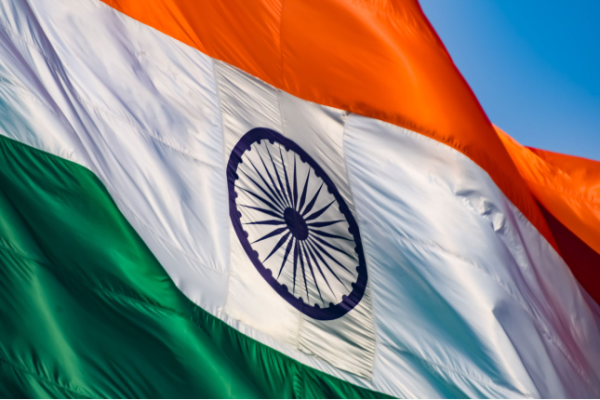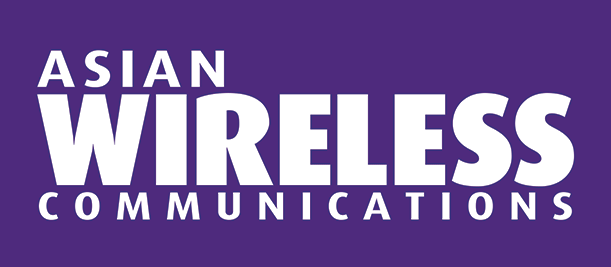20 June 2025

Under this new regulation, broadband connectivity charges for public data offices (PDOs) — the entities operating public Wi-Fi hotspots — are now limited to twice the rates of typical home broadband services.
This tariff cap specifically targets fibre-to-the-home (FTTH) plans of up to 200Mbps offered by service providers to PDOs, aiming to make public Wi-Fi more affordable, especially in rural and underserved areas, as part of the Prime Minister’s Wi-Fi Access Network Interface (PM-Wani) initiative. The scheme encourages local shopkeepers, retailers, and small entrepreneurs to become PDOs, allowing them to deliver last-mile internet access without the need for permits or registration fees.
The core objectives of PM-Wani include providing high-speed, affordable internet in rural regions and public spaces like railway stations, banks, and post offices. However, despite the scheme’s potential, progress has been slow. Launched in 2020 with a target of establishing 10 million hotspots by 2022 and 50 million by 2030, estimates at the end of April 2025 suggest only around 278,800 hotspots have been deployed — far below expectations.
TRAI believes that the previous high rates charged by broadband providers were a key barrier to scaling public Wi-Fi. The new cap is intended to lower costs for PDOs, making it more financially feasible for them to operate and expand coverage, while still ensuring broadband providers receive a reasonable return.
However, the move has been met with resistance from service providers, who argue that reducing broadband connection prices could undermine their revenue streams. They contend that the current tariffs, though high, are necessary for their profitability and that further cost reductions might disincentivize infrastructure investments. This tension highlights the challenge of balancing affordability and profitability in India’s push to democratize internet access nationwide.






